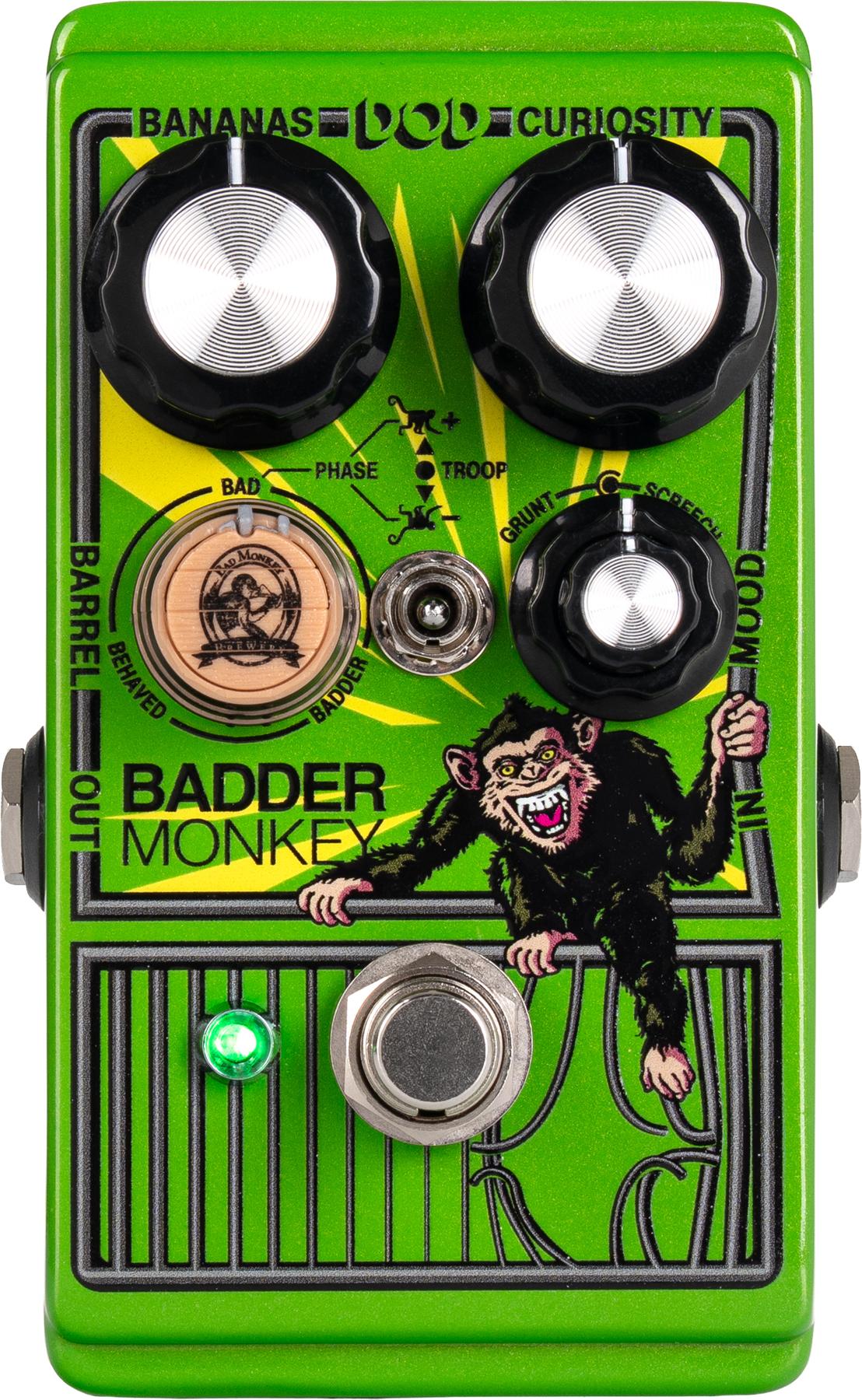A wise man once told me that when it comes to building your business and addressing your customers, you have one mouth and two ears, therefore you should listen twice as much as you talk. As a type A personality, I could probably stand to gain the most from such noble advice -- but dammit, I have a lot to say! So as I sit here on my deck with sweat on my brow and a beer in hand, I finally have some much needed downtime to catch up on some important reader mail. Here’s one particularly awesome example:
“I have been a subscriber since the title was Musicians Hotline and was about 14-15 pages! I am a big fan of Toshi, as I am sure a lot of people into the shred/metal scene are. Someone who has REALLY done exemplarly studies the past few months is Jeff Beasley and his Lethal Guitar series [ed note – Jeff’s column is now exclusively available online]. Look at his explanation in “Full Shred Ahead”; he emphasizes how important each hand’s technique is and most importantly, and always left out, the details of what you need to do to perform the technique and build on it. Much respect to Jeff Beasley for continuing to do the kind of articles that have made PG what it is today. It continues to be better each issue. There is no other guitar or music mag like it. It has great articles and info that others can’t do. I have not doubt it will continue to be a great surprise each month. - SAMUEL”
Most (not all) of the mail we get, like the one above, suggests you really seem to like what we’re doing – a belief supported by a growing number of subscribers to Premier Guitar and by booming traffic to our website (about 16,000 visitors daily and growing).
But anecdotal feedback, subscriber surveys, web stats, while much appreciated, just doesn’t tell us what we want to know. Too many magazines and websites are run by a bunch of editors deciding what they think is cool, often with little regard for reader interests and needs. So we’re stepping up our efforts to identify what you want so we can make sure we’re giving it to you.
This issue you’re holding will be used for a huge readership study being done by Harvey Research, the leaders in audience research for over 30 years. This study (we’ll publish a summary of the findings so you can see them too) will tell us about you; your interests, your needs, and how you use Premier Guitar. “Report cards” like this can be scary stuff for editors but it is the only way we can keep on giving you what you’re looking for.
We’re also introducing reader polls to our magazine and to our websites; introducing panel research for every issue (write our Managing Editor, Adam Moore, if you’d like to be on a panel at adam@premierguitar.com); and starting research programs about, and for, manufacturers and retailers so you can tell ‘em what you think.
Keep your comments coming – both good and bad – as it’s the only way we can relentlessly pursue providing you with the best content on the planet. It keeps us on our toes and lets us know how we’re doing. Of course, if you cats dig what we are doing, I will take all the credit. If not, please blame our editors. C’mon, a little joke -- I’m here all week.
P.S. Our first big guitar Festival is coming to Boston on September 14-16, see page 164 in this issue. Featuring exhibits, entertainment, workshops – see, listen, learn and rub elbows with guitar icons like Robben Ford, Johnny A, Muriel Anderson, Monte Montgomery, Frank Vignola, Mimi Fox, Bruce Arnold, Brad Carlton, David Hamburger, Jeff Scheetz, Trey Alexander and Jeff McErlain. You can pre-register to attend at premierguitarfestivals.com. Hope to see you all at our ultimate celebration of guitars, tone, music and cold beer. Share the passion, meet for the experience! As always, tone up and throw down!
Search
Latest Stories
Start your day right!
Get latest updates and insights delivered to your inbox.
Premier Guitar features affiliate links to help support our content. We may earn a commission on any affiliated purchases.
The Latest
More for you
Most Popular
Don’t Miss Out
Get the latest updates and insights delivered to your inbox.
















![Rig Rundown: Russian Circles’ Mike Sullivan [2025]](https://www.premierguitar.com/media-library/youtube.jpg?id=62303631&width=1245&height=700&quality=70&coordinates=0%2C0%2C0%2C0)









